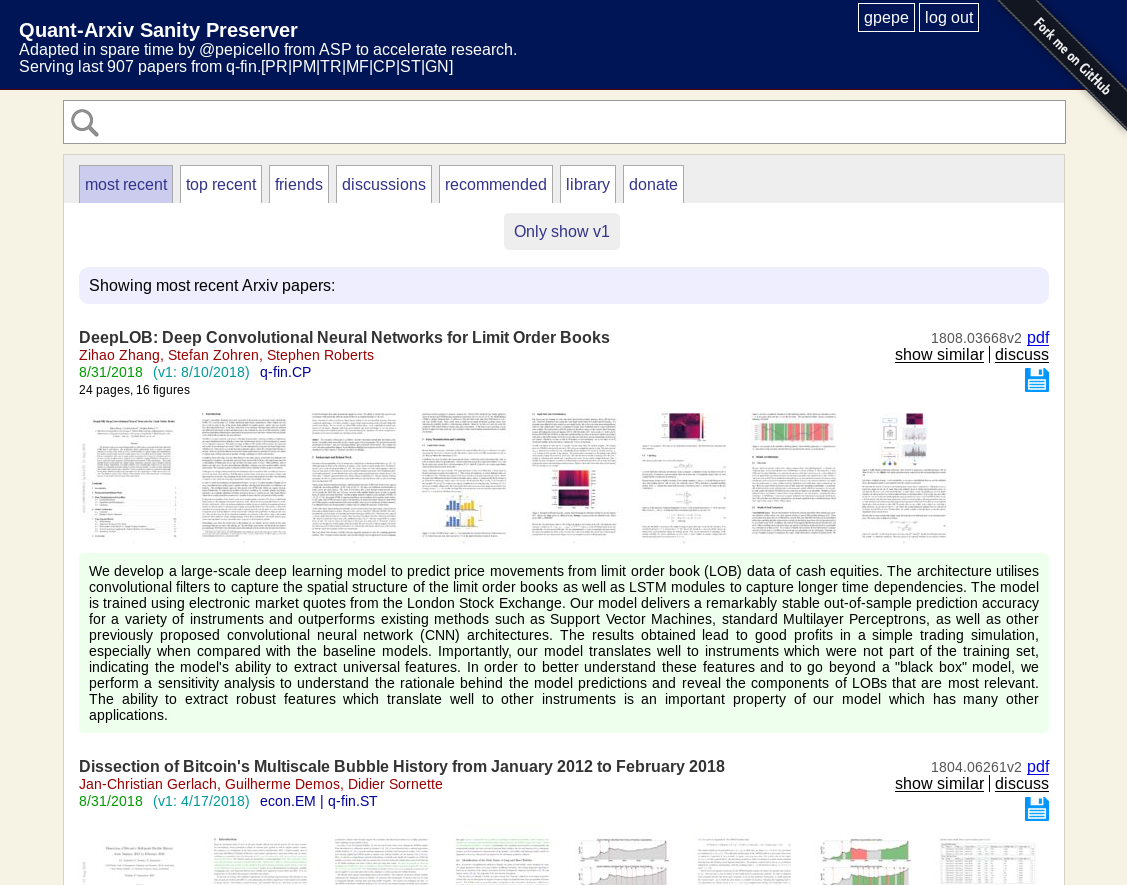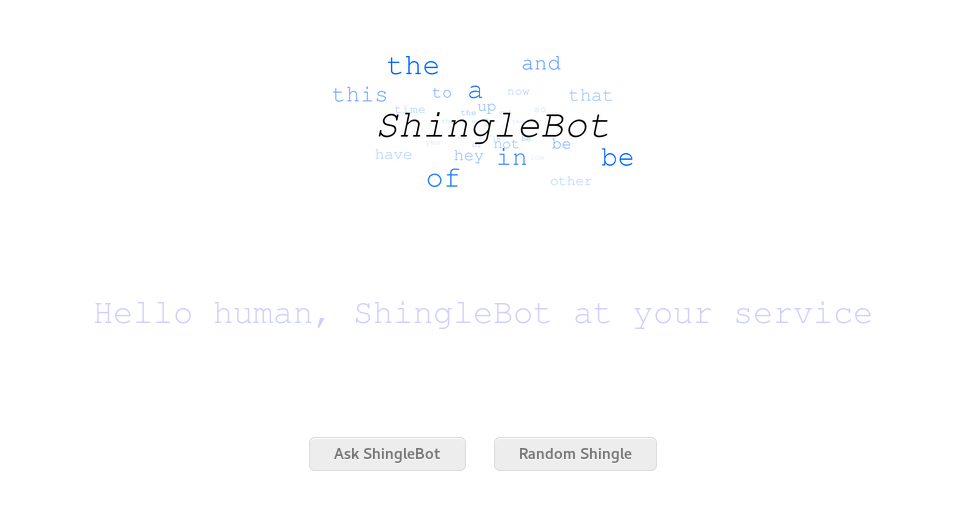I am currently working as a quantitative researcher in the financial sector, by applying machine learning techniques to event-driven equity trading strategies. I have received my PhD in Physics from University of Cambridge, working in the Molecular Engineering group on a study which brought together elements of engineering and chemistry into a computational physics project. My research focused on studying the opto-electronic energy states of dye molecules – experimentally and computationally – with the scope of improving an emerging solar cell technology. During my time in academia, I managed to work on a variety of projects from different fields of physics. During my undergraduate, I interned at Institut Laue-Langevin, a neutron scattering facility, which resulted in a PRB paper. High-energy physics was the topic of my final year project at University College London, working on jet clustering algorithms for the ATLAS (CERN) collaboration, which led me to the Burhop prize for best final year performance. This work exposed me to the world of statistical data analysis and a variety of machine learning techniques. During my PhD, I interned at Authorea – now a Wiley company – and at Credit Suisse, in the Systematic Market Making group.
I am one of the founders of Scio, a non-for-profit organization aiming to promote ideals of reason and scientific thinking, and bridge the gap between experts and public. You can find more about events on the Scio website.
I deeply enjoy working on projects spanning various disciplines, which is why I work on a variety of side projects in my spare time. I launched Library of Words, a website replicating a fictional library based on the short story La biblioteca de Babel by Argentinian author Jorge Luis Borges. Following on my interest in computational linguistic, I created ShingleBot, a pseudo-natural language sentence generator, based on rejection-sampling Monte Carlo of a Pareto-distributed list of words. More recently, I have created Quant-Arxiv-sanity-preserver, an adaptation to the world of quantitative finance of arxiv-sanity-preserver, for managing q-fin papers from arXiv. You can find more about these projects below.
I was raised in Manduria, a small wine-making town in Puglia, Italy.







